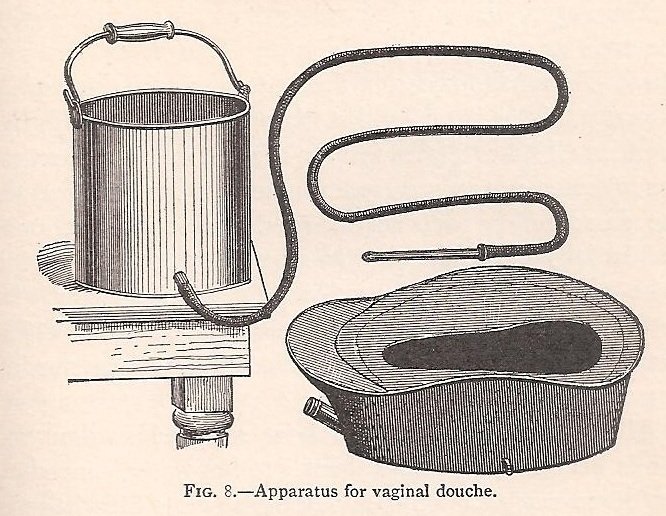As we get older, the concern for neurological issues often becomes heightened. You might feel a little brain fog creeping in or you start to feel like your reaction time is slower or delayed. Often we try to mitigate these changes by doing more puzzles or reading more books! While these aren’t bad ways to engage the brain, there are some more literal exercises that give the brain a surprising power boost. You might say, “Of course! We already know that running, swimming and almost all aerobics exercises are good for mental health.” But did you know about squats? Squats, the joint stabilizing, glute-building workout that’s been shown to help almost every area of the body is now thought to also aid in stretching the capabilities of the brain!
Squatting causes a sort of famine-and-plenty, back-and-forth effect on blood flow through the brain and this variance is responsible for a measurable improvement in functioning. While something like a brisk walk might increase blood flow and boost memory functions within the brain, squats actually cause the brain to release all the chemicals responsible for learning and growth.
Research has shown that squatting is one of the best exercises for reducing your risk of Alzheimer and dementia and improving your overall cognitive health. The best part about this is that squats are an exercise that the majority of people can do! Every age group can build up the strength to do squats. Even if you aren’t as strong as you used to be or are recovering from an injury, there are a number of variations and even assisted versions of the squat to make it useful for a wide range of people!
Squats range from the basic squat to versions that incorporate jumps or kicks or props. The traditional squat where you stand with your legs about shoulder width apart, your toes pointed slightly outward and your arms either relaxed or clasped in front of you and dip down like you are about to sit in an invisible chair, is just the start. The key to the foundational squat is to keep your back in a neutral position (not exaggeratedly arched or anything) and you knees apart and squeeze those glutes on the way up. You can go all the way down almost into the “egg” yoga position or stop when your thighs are parallel to the ground. This is what you would call a bodyweight squat but you can add to the difficulty level by grabbing some weights, increasing the load on your limbs. You can find squats that are challenging for literally any level of fitness. Take it slow at first and have fun with it! Make sure you are warming up and stretching out. Always practice good form, even if you have to go very slowly and enjoy the brain boosting power of squats!
Resource:
Can squatting boost your brain power? - BBC REEL
Do Squats Every Day And See What Happens To Your Body 9 Reasons why you need to do squats
https://www.healthline.com/health/squat-variations#bodyweight-squats
























